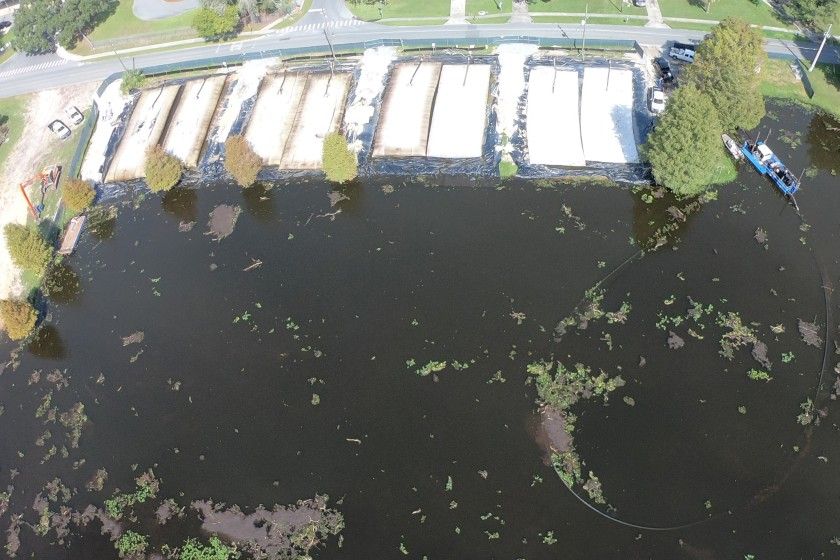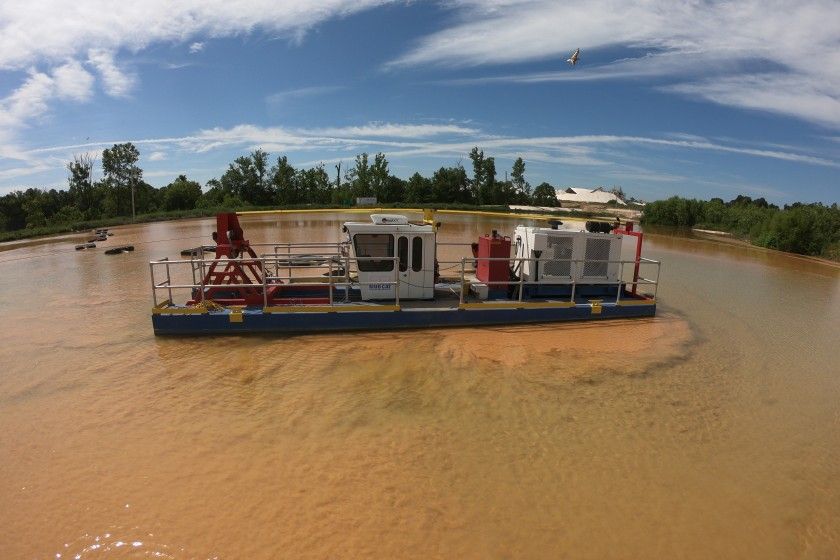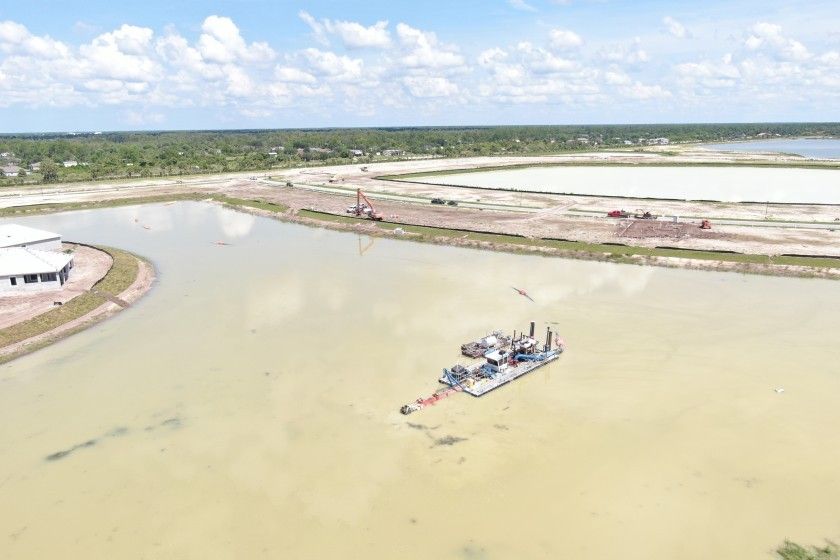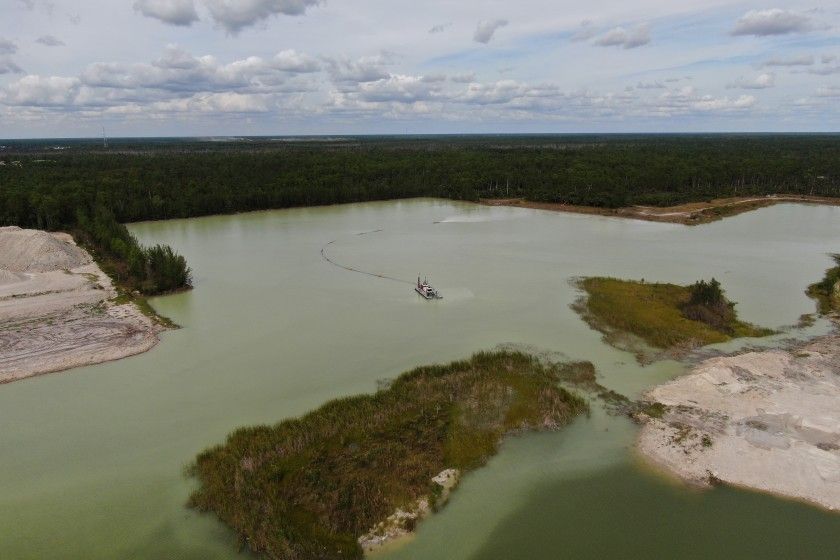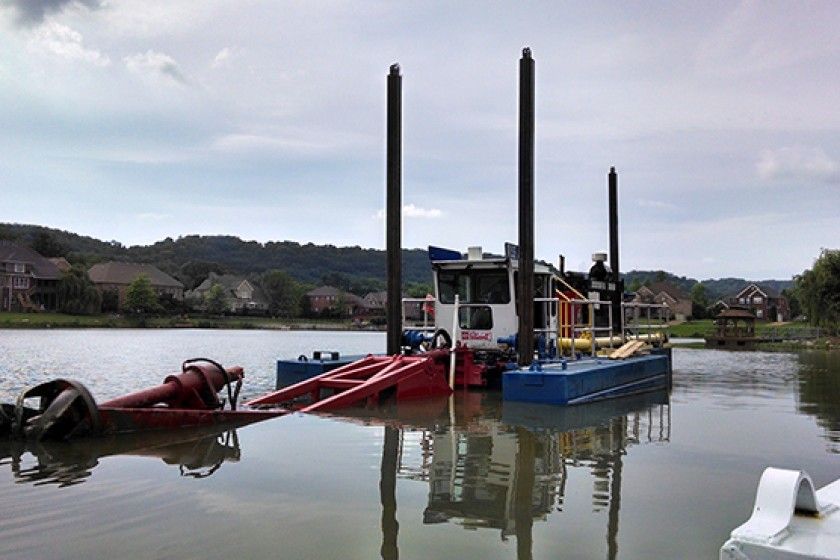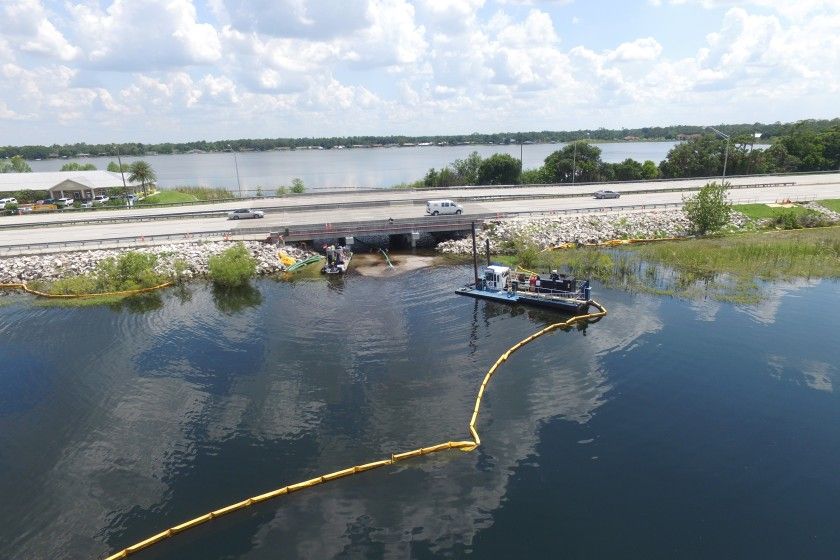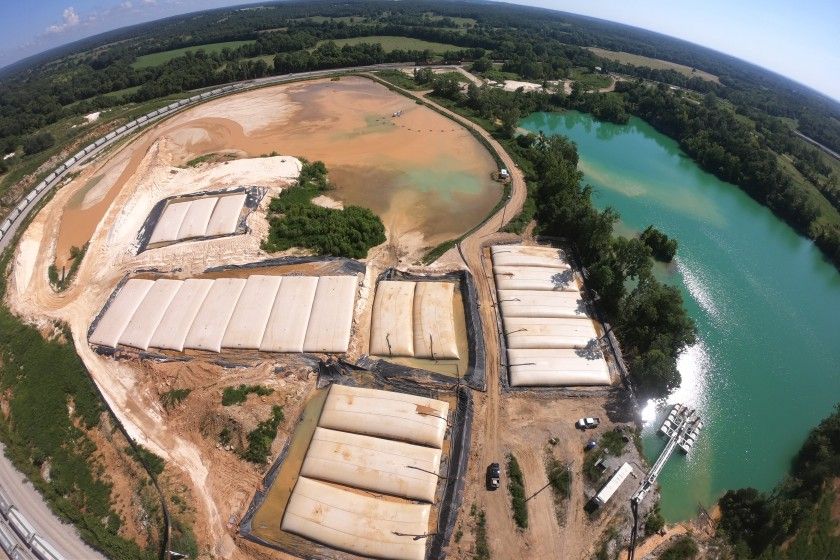- (352) 314-8900
- Contact Us
Our Featured Project
Bonnet Springs Park Lagoon Creation
Project Highlights:
- Create a 10-acre freshwater lagoon from existing swamp
- Removed 40,000 cubic yards of material
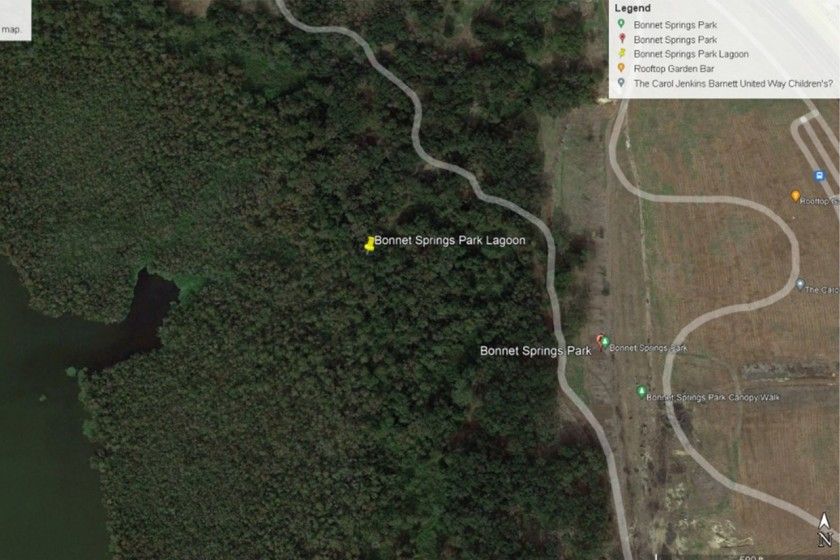
Our Featured Project
Skysail Development Fill Dredging
Project Highlights:
- Project is a 1,200 unit residential development over 980 acres
- Removal of 1.2m cubic yards of virgin sand and rock
- Dredge depths of 6' to 21'
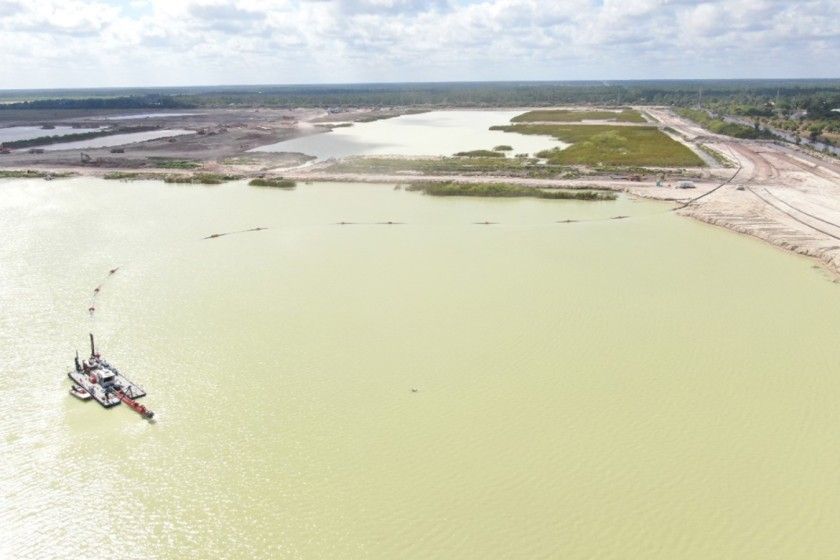
Our Featured Project
Hurricane Damage Restoration
Project Highlights:
- Remote Island Location 3 miles from mainland in FL Keys
- Hydraulic Dredging to Geotextile tubes
- Automated Polymer Injection System for Material Dewatering and Clean Effluent Requirements
- Dewatering site constructed on sectional barge at island location
- Dredging, Dewatering, Hauling and Disposal all simultaneously
- Geotextile tubes transported by barge back to mainland daily for offloading into trucks
- Sensitive Marine Benthic Resource avoidance and protection integral part of project requirements
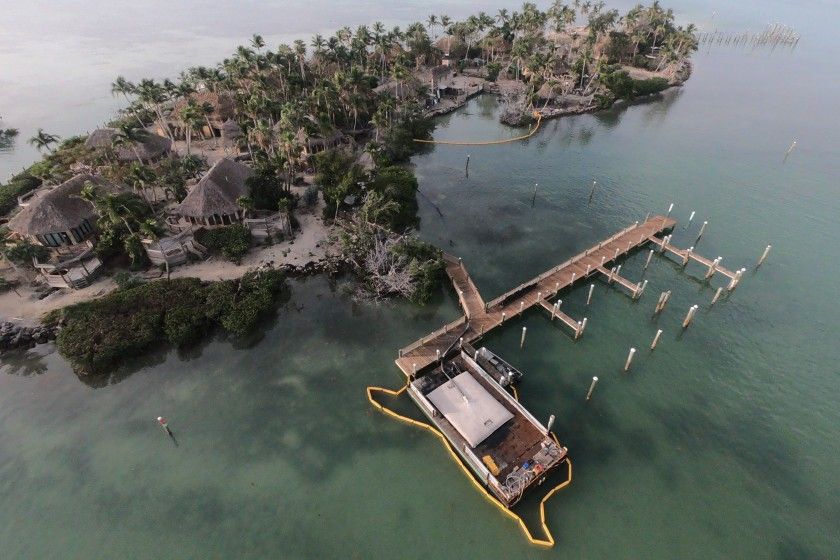
Our Featured Project
Lake Lorraine
Project Highlights:
- 53,000 cubic yards of material removed
- Hydraulic Dredging to Geotextile tubes
- Automated Polymer Injection System
- Dewatering site less than 1 acre in size
- Dredging, Dewatering, Hauling and Disposal all simultaneously
